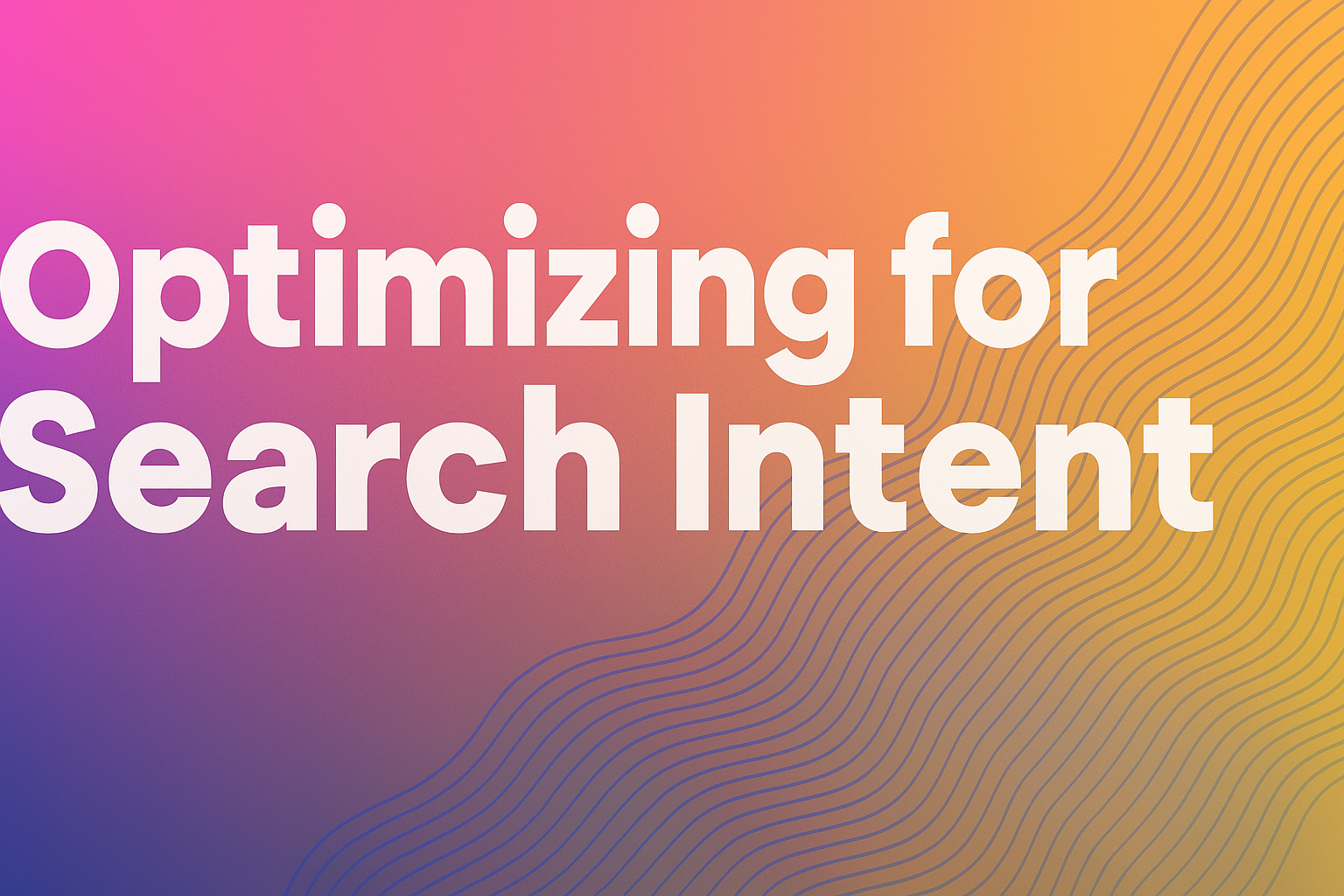

When you open a search engine and start typing, it’s not random. Whether you're looking for an answer, trying to buy something, or just stalking the menu at a local taco joint—there’s always an intent behind your search.
But let’s be real: how often do the results actually hit the mark? You type one thing, and you’re served a buffet of almost-right answers. That’s where understanding search intent comes in—it’s what separates your content from becoming another ghost in the algorithm.
Let’s break it down and make it make sense.
Search intent is the real reason someone types a query into Google. Not just what they type—but what they want. If your content doesn’t match that goal? You’re out of the running.
You could write the greatest article on Earth about “golf clubs,” but if your user was really looking for a beginner’s guide and you just gave them product specs? You lost ‘em.
Let’s say someone types in “golf clubs.” Are they shopping? Learning? Looking for a course? It’s unclear—and Google knows that too.
But now search “best golf clubs for beginners.” Way more specific. Now we’re seeing buyer’s guides and blog posts. That's search intent being crystal clear—and that’s the kind of signal you want to optimize for.
✅ Audit your keywords – Don’t just chase volume. Understand why people are searching.
✅ Analyze what already ranks – Google is already showing you what it wants. Learn from the top dogs.
✅ Match your format to their mindset – Don’t throw a sales page at someone looking for a how-to.
✅ Update your old stuff – Got a blog post with traffic but high bounce rate? It’s probably not aligned with intent. Fix it.
You don’t need to guess. Use tools like GA4 or Google Search Console to check:
If the answer is "meh," it might be time to realign.
Search intent isn’t fluff—it’s your content’s compass. When you match what your audience actually wants with what you deliver, SEO gets way easier. You get more traffic, better rankings, and content that earns its keep.
Want to know how well your current content aligns with intent? We’ll tell you straight—compliments of the team.
Let’s make your content magnetic.